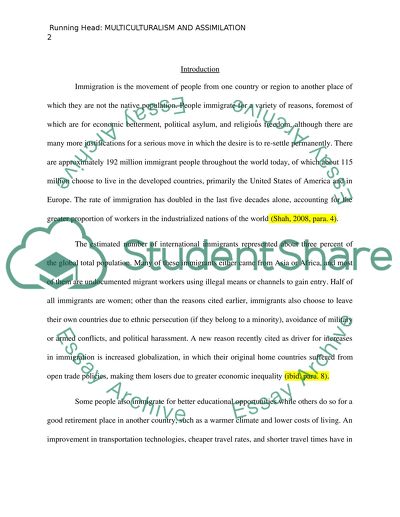Cite this document
(“Compare and evaluate multiculturalism and assimilation as alternative Essay”, n.d.)
Retrieved from https://studentshare.org/english/1473138-compare-and-evaluate-multiculturalism-and
Retrieved from https://studentshare.org/english/1473138-compare-and-evaluate-multiculturalism-and
(Compare and Evaluate Multiculturalism and Assimilation As Alternative Essay)
https://studentshare.org/english/1473138-compare-and-evaluate-multiculturalism-and.
https://studentshare.org/english/1473138-compare-and-evaluate-multiculturalism-and.
“Compare and Evaluate Multiculturalism and Assimilation As Alternative Essay”, n.d. https://studentshare.org/english/1473138-compare-and-evaluate-multiculturalism-and.


